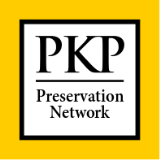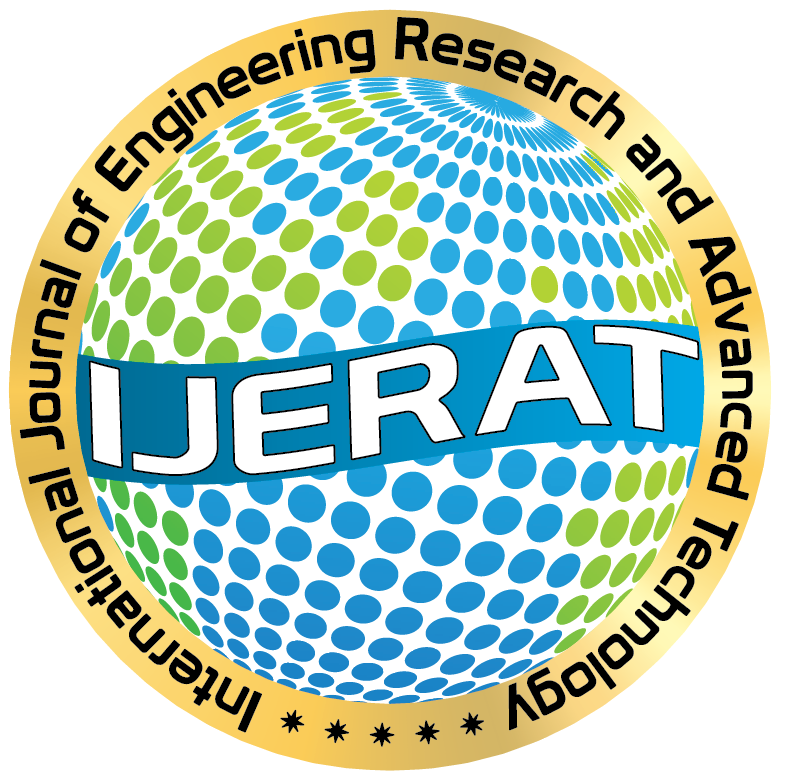An Investigation into Noxious Circulation of Indoor Molds in Residential Apartments: A Case Study Of Uturu Hostels, Abia State, Nigeria
DOI:
https://doi.org/10.31695/IJERAT.2019.3408Keywords:
Mycotoxins, Sabroud Dextrose Agar, Antifungal, MoldAbstract
Fungal growth in damp buildings worldwide is an increasing problem which has adverse effects on both the occupant and the building. Hence, this study looks into the need to protect human health from mycotoxins through the analytical method in mycological examination and culture. It further elucidates problems with the microfungal infestation in buildings. Air and dust samples were collected by settle plate method and swabbing respectively, samples were cultured on Sabroud Dextrose Agar. The quantitative and qualitative analyses were done using systematic toxicological method for isolation and identification of molds. The microflora genera most frequently isolated were Penicillium spp, Aspergillus fumigatus, Aspergillus flavus, Aspergillus niger, Cladosporium spp, Fusarium spp. They occurred at an average number of 39, 26, 15, 27, 7 and 5 respectively. These organisms
are of public health importance. Therefore, this result justifies the need to incorporate antifungal substances into some walling materials such as; paint, cement
Downloads
Published
Issue
Section
License
Copyright (c) 2020 Ananso G.N, Inyang-Enin A.O, Egege C.C , Omange O.Mary

This work is licensed under a Creative Commons Attribution 4.0 International License.









